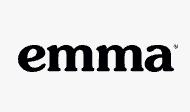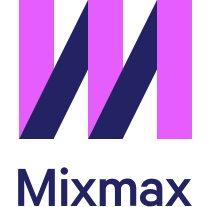SalesLoft vs Elastic Email
Hyperise integrates with 100's of sales and marketing tools, many of which are in the Email Marketing category. With so many to choose from it's sometimes hard to know which is best, but don't worry, we've got your covered.
In this comparison guide we're going to look at the Highlights, Pros, Cons and Pricing of SalesLoft and Elastic Email. We'll also delve into the details of which offers the best personalization options within Email Marketing, with there respective Hyperise integrations

SalesLoft
Pricing: SalesLoft offers three pricing tiers for its sales engagement platform: 1. Starter - $75 per user per month (billed annually) 2. Team - $145 per user per month (billed annually) 3. Enterprise - Custom pricing based on specific needs and features required Each pricing tier includes different features and capabilities, with the Enterprise plan being the most robust and customizable option.Vs
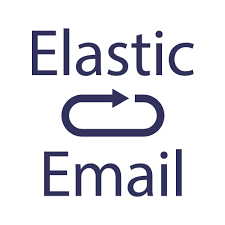
Elastic Email
Pricing: Elastic Email offers a flexible pricing structure that is based on the number of emails sent per month, as well as the number of contacts on your email list. Here's a summary of their pricing: - For up to 500 contacts and 5,000 emails per month, the cost is $0 per month. - For up to 2,500 contacts and 25,000 emails per month, the cost is $9.00 per month.
SalesLoft vs Elastic Email Highlights
SalesLoft and Elastic Email serve two different purposes. SalesLoft is a sales engagement platform that allows sales teams to communicate with customers and manage their sales process efficiently. It provides different features, such as email tracking, lead generation, and personalized follow-up messages. On the other hand, Elastic Email is an email marketing platform that enables businesses to send email newsletters, campaigns, and transactional emails on a large scale. It provides email analytics and delivery management features to ensure maximum email deliverability. Therefore, SalesLoft focuses on empowering sales teams, while Elastic Email is geared towards email marketing automation.
SalesLoft vs Elastic Email Pros
SalesLoft Pros
- Pros for SalesLoft:
- Comprehensive sales engagement platform
- Offers advanced features such as sales cadences and analytics
- Provides personalized messaging and automation for sales teams
- Integrates with popular CRMs such as Salesforce, Microsoft Dynamics, and HubSpot
- Provides excellent customer support and training resources
- Pros for Elastic Email:
- Affordable email marketing platform
- Offers a range of customizable email templates
- Provides SMTP and API integration options for sending emails
- Offers advanced features such as A/B testing and email open tracking
- Provides detailed reporting and analytics on email campaigns
Elastic Email Pros
- Elastic Email offers a free plan, while SalesLoft does not have a free option.
- Elastic Email has a stronger focus on email marketing and transactional emails, while SalesLoft is more sales-oriented.
- Elastic Email integrates with a wider range of third-party applications, including Zapier and Shopify, compared to SalesLoft.
- Elastic Email has a simpler user interface and easier setup process, making it a more accessible option for beginners.
- Elastic Email offers detailed email tracking with open and click-through rates, as well as delivery reports, while SalesLoft focuses more on sales tracking and automation.
- Elastic Email provides dedicated IP addresses for sending emails, which can improve email deliverability compared to shared IPs used by SalesLoft.
- Elastic Email enables users to create and send newsletters and email templates, whereas SalesLoft does not offer this feature.
SalesLoft vs Elastic Email Cons
SalesLoft Cons
- Here are some cons for SalesLoft compared to Elastic Email:
- SalesLoft is more expensive than Elastic Email, especially for larger teams or higher usage.
- SalesLoft is focused on sales engagement rather than email marketing, so it may not have as many features for email marketing campaigns.
- SalesLoft requires more setup and customization to fully use all of its features and integrate with other tools.
- SalesLoft's user interface and user experience may be less intuitive and user-friendly compared to Elastic Email.
- SalesLoft's reporting and analytics may be less detailed or comprehensive compared to Elastic Email.
Elastic Email Cons
- Elastic Email has limited integrations with other software platforms, whereas SalesLoft offers extensive integrations with multiple applications.
- Elastic Email has limited email templates and personalization options compared to SalesLoft.
- Elastic Email's email deliverability rate is not as high as SalesLoft, which could affect the effectiveness of email campaigns.
- Elastic Email does not have a built-in sales engagement platform like SalesLoft, which offers features such as call logging and lead prioritization.
- Elastic Email does not provide detailed analytics and reporting on email campaigns as extensively as SalesLoft.
SalesLoft & Elastic Email Hyperise Integrations
SalesLoft uses the HTML code embed method to integrate with Hyperise, giving a simple way to add personalized images to your messages.
SalesLoft makes the following data points available to Hyperise, to enable personalization in images used in outreach and linked out to your personalized website landing pages.
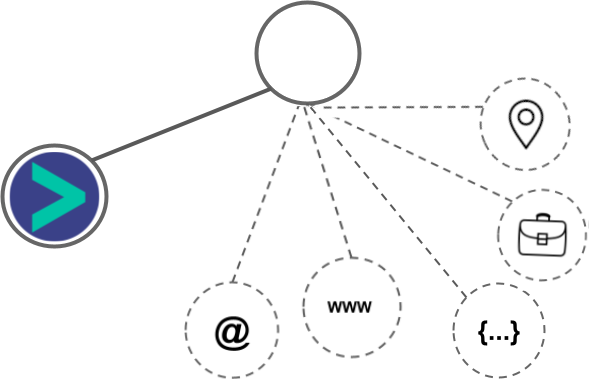
- Using business Email passed from SalesLoft, Hyperise is able to enrich business logo and website screenshots. In some cases, with a business Email we're also able to enrich profile images, subject to the business email having a publicly available profile.
- Business name
- Category
- City
SalesLoft Integration Guide
Elastic Email uses the HTML code embed method to integrate with Hyperise, giving a simple way to add personalized images to your messages.
Elastic Email makes the following data points available to Hyperise, to enable personalization in images used in outreach and linked out to your personalized website landing pages.

- Using business Email passed from Elastic Email, Hyperise is able to enrich business logo and website screenshots. In some cases, with a business Email we're also able to enrich profile images, subject to the business email having a publicly available profile.
Elastic Email Integration Guide
 vs
vs  vs
vs  vs
vs  vs
vs 
 vs
vs 




 vs
vs  vs
vs 

 vs
vs  vs
vs  vs
vs 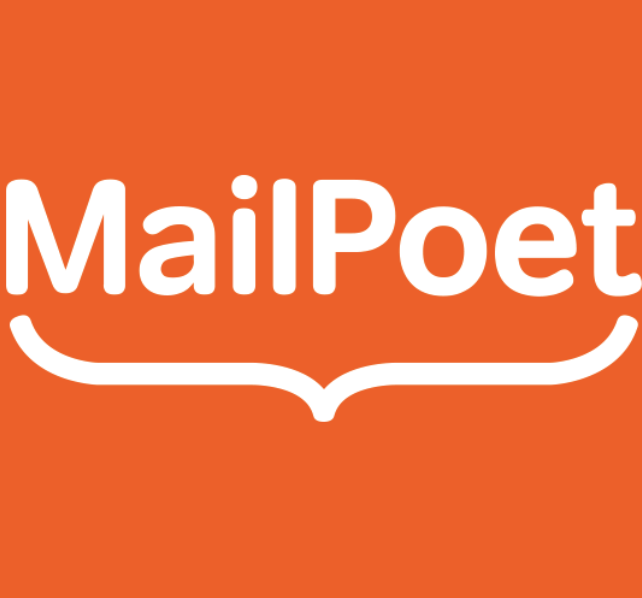 vs
vs  vs
vs  vs
vs 


 vs
vs 








 vs
vs  vs
vs 
